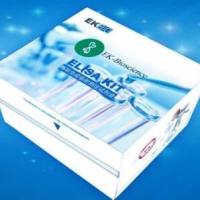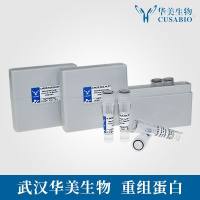Purification of Complement Components, Regulators, and Receptors by Classical Methods
The aim of this chapter is to describe methods for purification of the individual complement (C) components using classical chromatography methods available in most biochemistry laboratories. None of these methods require the large amounts of specific antibodies needed for the popular and rapid immunoaffinity methods to be described in Chapter 3 . A further advantage of classical chromatography is that the methods described in this chapter for human C can easily be adapted for purification of C components of other species. Indeed, some of the methods described here were originally developed for the purification of animal components, but proved also to be suitable for human components. One precautionary note when adapting methods to C components of another species is that there is occasionally species incompatibility in that some components will not function in combination with components of another species. Functional assays may, therefore, require modification. It should also be noted that antisera and monoclonal antibodies against a C component frequently do not crossreact with that component from other species.
![预览]()






